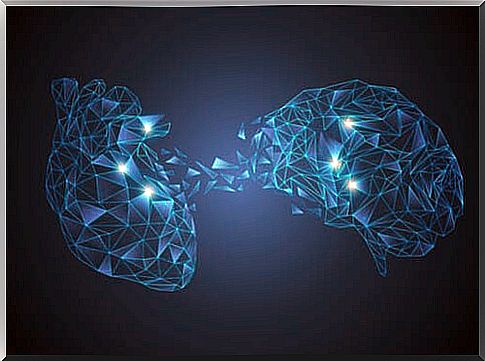Storytelling, The Art Of Storytelling

Storytelling comes from English and translates as ‘tell stories’. It is a technique widely used in the business and advertising world that aims to capture the public’s attention.
For this, stories are selected that can generate empathy in those who listen, with which they can feel identified and from which they can extract learning. In this way, it will be difficult for them to forget them, or at least the message that was intended to convey with them.
In fact, today, the storytelling is used by a large number of brands to connect with their audiences. This is known as marketing engagement , a term that refers to the “generation of empathy or” emotional connection “through a story. Let’s go deeper.

Types of storytelling
Through storytelling it is intended to teach something or transmit a message and for this there are several ways. In this case we are going to classify them into two types:
- Stories that speak of a past from which we can learn something that will serve us in the future.
- Stories that emphasize a vision of the future.
An example of the first type can be found in one of the commercials of the Hyundai brand. In it, the history of the brand is narrated, what is its origin and how they have made themselves. The key is that their story line is very emotional: they want to awaken empathy and that the receiver feels identified.
Now, as an example of storytelling that speaks of a vision of the future, we propose a classic example from the world of propaganda and political communication: the speech of Martin Luther King.
Brain and storytelling
When they tell us a story – in a structured way and with a good format – what happens is that they make it easier for us to remember it better and for longer.
Now, in addition to making it easier for us to learn that story and its underlying message, why are they so impactful? Why do stories hook us and learn from them? The answer is in the brain, in its functioning and chemistry.
Our brain is designed to relate existing experiences to the new information we receive. This occurs thanks to the insular cerebral cortex.
The insula plays a very important role when it comes to experiencing positive and negative emotions and relating them to the experiences we have already had. In fact, people with damaged insula are people with a great lack of empathy. And this is necessary to feel part of a story and even understood when it is told to us.
In addition, when they tell us a story and we are able to connect, that is, to empathize, our brain secretes oxytocin, serotonin and dopamine, neurotransmitters that cause us to experience pleasure.
That is why storytelling has such an impact on our brain. It is much easier for us to remember a story with which we feel identified and also our brain thanks us by secreting hormones that give us pleasure for it.

Evolution from storytelling to storydoing
Despite the success of storytelling , today people no longer want to hear more stories, they want to live them. And from that idea comes the storydoing .
The storydoing is similar to the technique storytelling , but rather to empathize with the receiver through a story, invites you to experience. For example, brands no longer tell the story, now they rather do it.
One of the clearest cases of storydoing is the Redbull case and the man who broke the sound barrier when he jumped from the stratosphere. Much of the world’s population with internet access was caught up in history; we all live it and follow it live. In fact, that campaign generated the highest levels of audience on television and on all communication channels that were used to broadcast the feat.
Thus, a good storyteller must witness to the receiver of the story that is told through both techniques. A very important factor, since depending on the degree to which a person feels identified, they will feel more or less emotionally involved with the message they want to send.
Therefore, the most important thing in storytelling is knowing how to create a story that moves and, therefore, involves those who listen, see, read or feel it.









